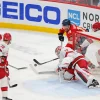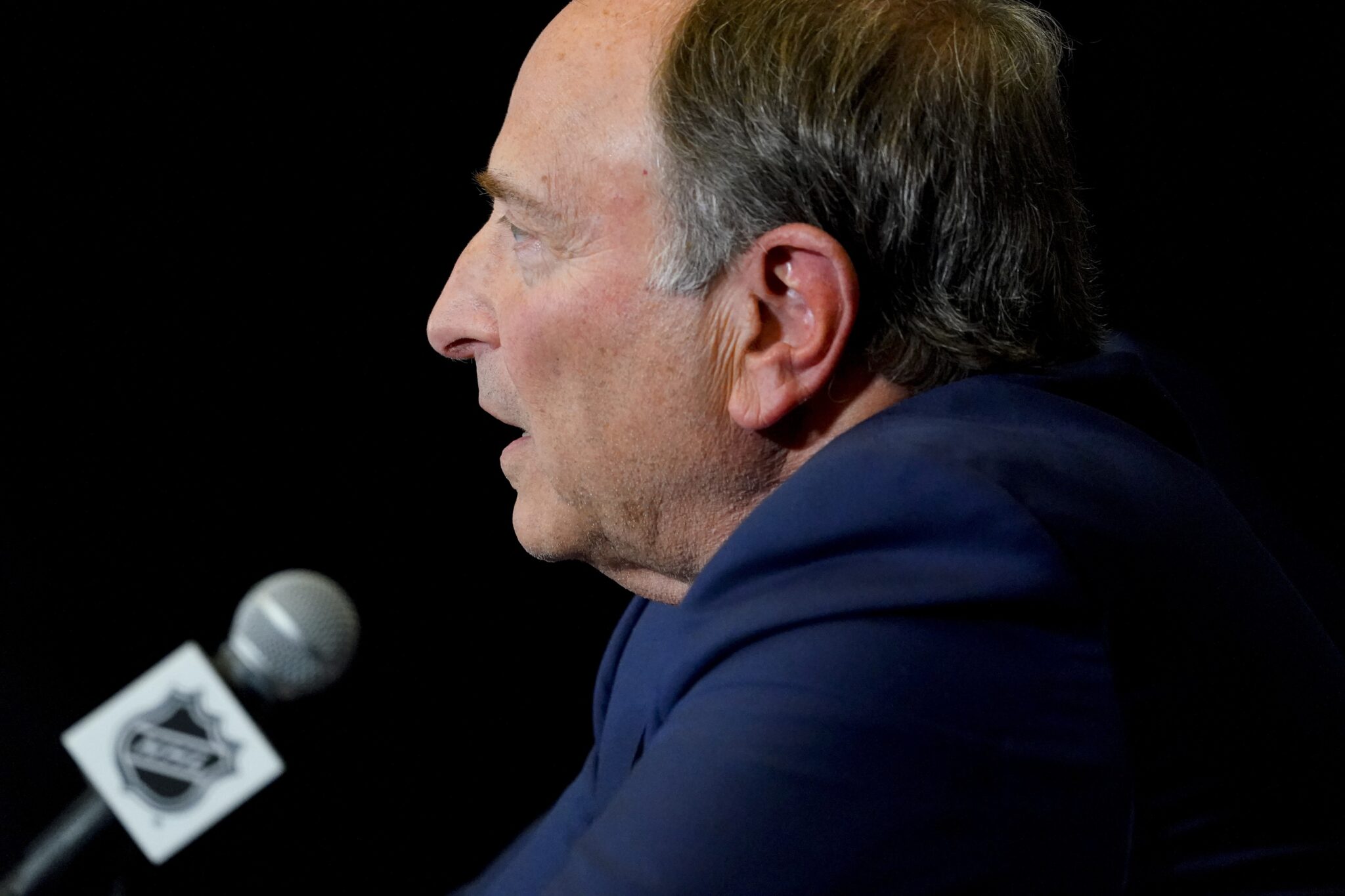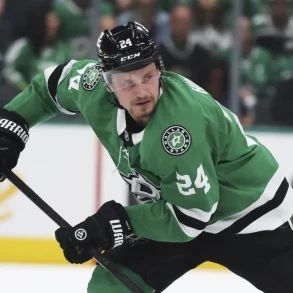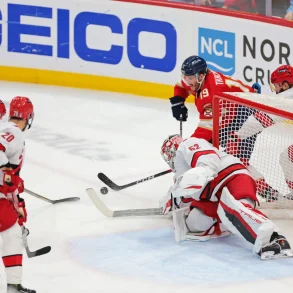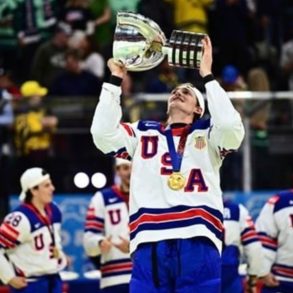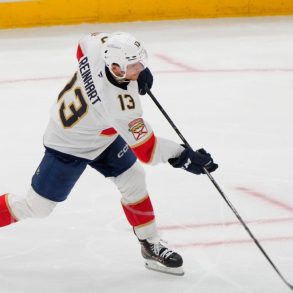This is a dream assignment for Bill Proudman. He gets to combine his passion for equity and inclusion with his love for hockey, the sport that shaped him as a child and young adult. It’s a combination he never thought would happen.
As the co-founder of White Men as Full Diversity Partners (WMFDP), Proudman has a clear mission: to convince White business leaders that they – not the people of Color handling diversity efforts – need to fight against racism, sexism, and homophobia at work. They must do their part to change unwelcoming cultures and create more fair and inclusive organizations. They can’t put that responsibility on people who are directly affected by discrimination and bias.
Instead, Proudman, who played hockey at Pennsylvania State University in the 1970s, argues that “we all have to be part of it, and there’s some weight for you [White people] to carry,” says Brian Blake, the National Hockey League’s senior director of diversity and inclusion, who is Black.
Proudman has been sharing his message with NHL executives and employees as part of a wider series of anti-racism and inclusion programs the league introduced in September 2020. These efforts were partly inspired by activism from current and former players of Color.
These initiatives were similar to other promises and programs made across the sports world (and beyond) after George Floyd’s murder and the following widespread calls for greater social justice.
For a league with a long history of exclusion – not celebrating Black History Month until 2019 and TNT announcer Paul Bissonnette’s claim that half of hockey’s female viewership watches because they find the players attractive – the NHL’s efforts to change have the potential to be very impactful.
Along with similar actions from USA Hockey, the national governing body for ice hockey in the United States, they could eventually make a traditionally White sport much more diverse.
So, how are things going so far?
The answer depends on who you ask. For Proudman, who has a warm and friendly appearance, like the kindly uncle who wants to hear what you’ve been up to at Thanksgiving, it’s the “hardest work I’ve ever done.”
He says society has done “an amazingly, unfortunate good job” of creating fear and anxiety about the “other.” For some hockey fans, this is a twisted form of identity. Proudman notes that while he’s heard some fans claim hockey is a “White man’s sport,” it wasn’t until the last 10 years that someone said this directly to his face.
Embracing the Vision
It’s unlikely that Proudman, who co-founded WMFDP in 1997, has heard this about laundry detergent or laptops. For many years, he has applied his inclusive approach to large companies, including Lockheed Martin, Dell, and P&G.
His path was set in 1987, when he first encountered the diversity and group identity workshops led by Harrison Simms, a Black man. Proudman, who was about to be Simms’ apprentice before Simms passed away suddenly in 1990, entered the field of diversity training and noticed a troubling pattern: White men were not held accountable for diversity and inclusion. Instead, someone who wasn’t White, no matter their training, was expected to solve the problem due to their race or gender.
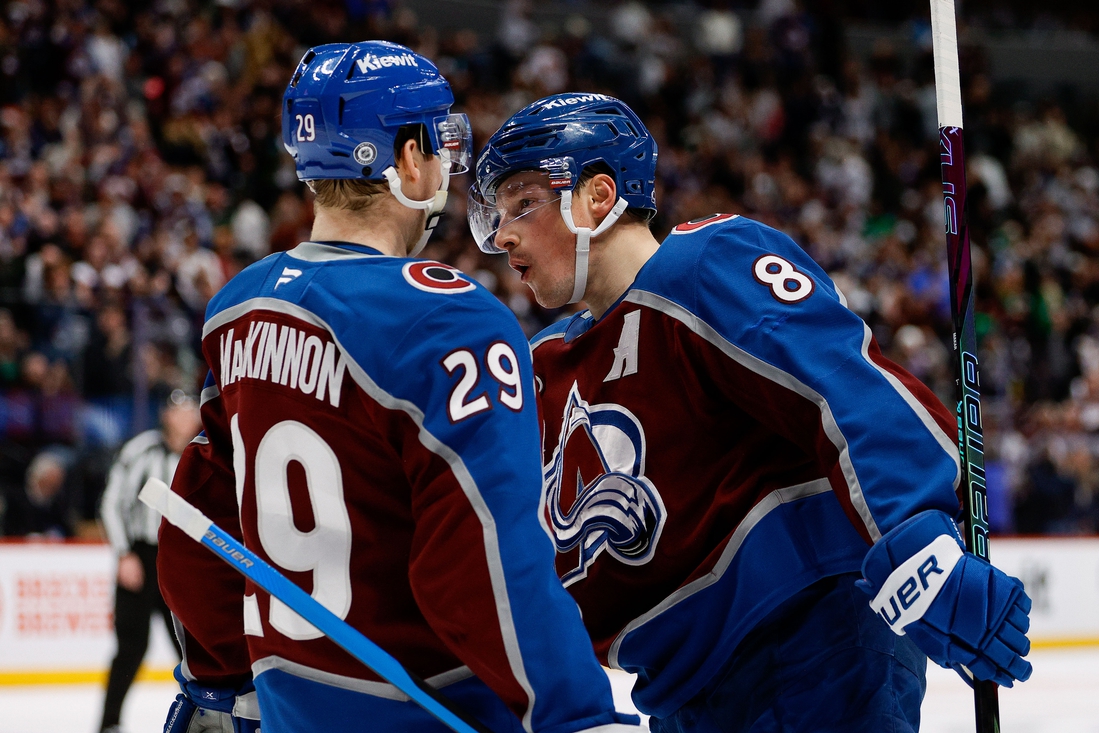
WMFDP doesn’t claim to have all the answers but instead “holds a mirror up for our clients,” Proudman told me this spring. He explains that how we think and behave are connected. Proudman helps clients become “conscious and confident about the behaviors that are needed and are valued” in today’s workplace. This approach benefits both employees and businesses.
Changing culture can’t be done with just a two-hour lecture, a bathroom break, and a stack of handouts. Now that he’s working with the NHL, however, Proudman wants to make one thing clear: the lessons he’s teaching must be part of the NHL’s daily culture. It’s not just for show.
Proudman calls his lengthy, multi-day sessions with league employees “immersion learning experiences.” What exactly does that mean? It’s hard to say. I requested to attend a session as a journalist, but WMFDP declined, citing clients’ privacy.
Blake did explain one virtual exercise called “Fishbowl,” where members of a certain identity group read statements about the advantages they enjoy and the obstacles they avoid. Blake uses male privilege as an example. After the men have their discussion, they turn off their cameras. Those for whom male privilege doesn’t apply stay on camera to share their reactions. Then the men turn their cameras back on and join the group to talk about the conversation’s impact and what they’ve learned.
“You almost forget that the people are there and you’re having this really deep conversation,” Blake says about the empathy-building exercise.
Kim Davis, a Black woman and the NHL’s senior executive vice president for social impact, growth initiatives, and legislative affairs, says what Proudman does in his sessions isn’t new. But she adds that when a White man discusses the value of diversity and inclusion, it is “far more powerful and effective than if Brian or I stand in front of a room and say that,” Davis explains. She prefers to use “our lived experiences as examples or moments” instead of creating “a teachable moment.”
She adds, “Frankly, it gets exhausting sometimes.”
What Proudman does, Blake says, is “lay some foundational work” and “provoke and push conversation.” This includes talks about different types of privilege and the idea of “conscious incompetence.” In Proudman’s work, that means holding ignorant beliefs about a group and realizing those beliefs need to be corrected. It can be uncomfortable, but Proudman says, “it’s best to stay in that discomfort,” because “that’s where the learning happens.”
Davis has seen her colleagues, especially longtime NHL Commissioner Gary Bettman, go through this process – and more. “He says we have to create a welcoming, safe, and inclusive environment, so that it becomes part of the DNA of how our business operates,” she says. “I’ve got to tell you: That was not his language, even two years ago.”
Under Bettman’s leadership, the league is creating “a systems-wide strategic approach that goes beyond just the NHL,” Davis said via email when asked about Bettman’s actions. The NHL is hockey’s “North Star,” she added, so it must “provide leadership, prevention and training tools, and skill-building for every part of the ecosystem.”
Change is happening, Davis assured me, but it takes time. For one thing, NHL teams don’t follow the same procedures as the league office. They are in charge of their staff’s DEI training. Blake says 24 teams have engaged or are about to engage a third party for training.
This season, an “immersive experience” will begin in the locker rooms of all 32 teams. With the tight playing schedules, it’s impossible to finish with every team in one year. The goal, Davis says, is to make the training “continuous and iterative” so it can be integrated into “all the places where we touch players.”
Again, it’s a long process. “Changing culture is not an event,” Proudman says. “It’s a three- to 10-year process that has a lot of bumps, and you’ve got to start with people’s mindset and recognize that things are not the way that they seem. The game that everybody loves could be so much more to a broader audience.”
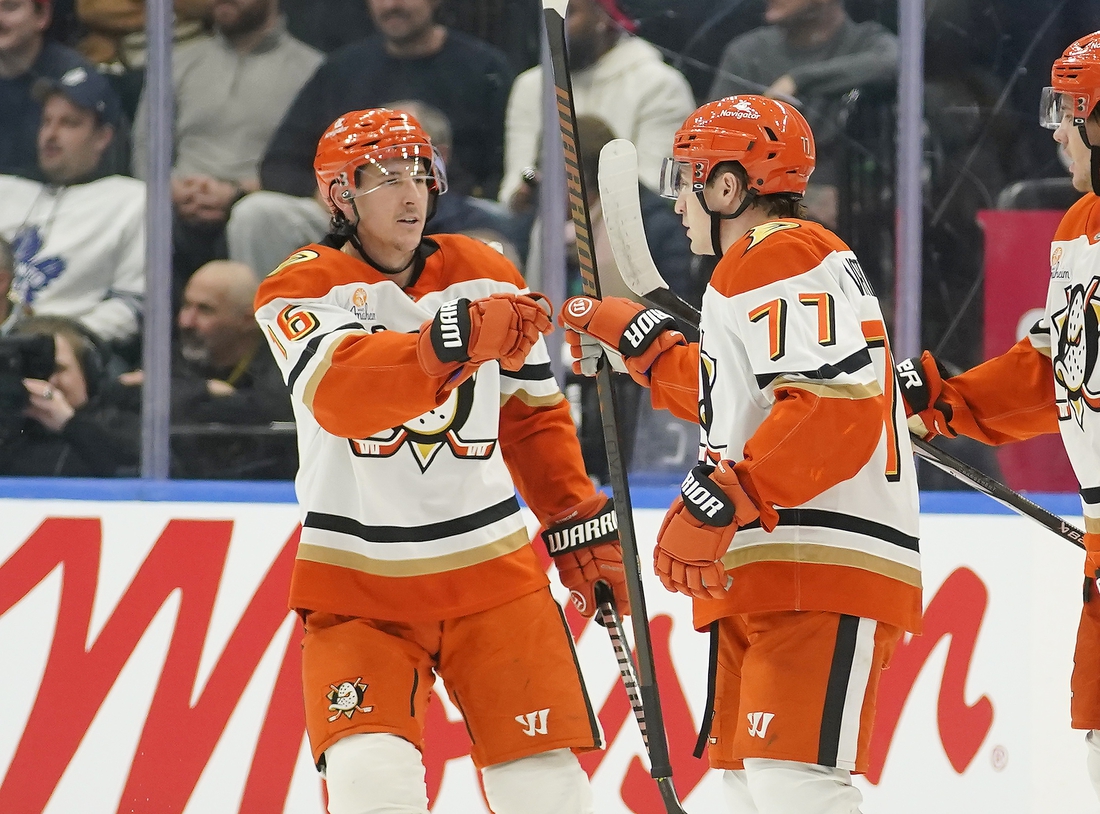
Confronting the Reality Jashvina Shah, co-author of the well-known book Game Misconduct: Hockey’s Toxic Culture and How to Fix It, feels that the NHL and USA Hockey’s DEI programs are just for show. “Nothing’s changing,” she says.
(This is one of her more positive comments.) This feeling is especially strong in USA Hockey. Shah points to USA Hockey’s 2018 hiring of John Vanbiesbrouck as its assistant executive director of hockey operations.
As explained in Shah’s and Evan Moore’s book, in 2003, Vanbiesbrouck, the former New York Rangers goalie, resigned after he used the N-word at least twice when he was the coach and director of hockey operations for the Ontario Hockey League’s Sault Ste. Marie Greyhounds. He also sold his ownership stake in the team.
I asked Stephanie Jackson, the director of diversity and inclusion at USA Hockey, how Vanbiesbrouck’s position aligns with USA Hockey’s DEI plan. She refused to answer but told me to send my question to Pat Kelleher, USA Hockey’s executive director. I did. A day later, Dave Fischer, senior director of communications at USA Hockey, called to address – or more accurately, dismiss – my question. Our off-the-record conversation ended with me inviting USA Hockey to make an official statement about Vanbiesbrouck, which I repeated in an email a few days later. I’m still waiting.
“Even after repeated call-outs, USA Hockey still has never done anything about it,” Shah says. “They’re just sticking to it, and they’re putting him in a front-facing position, and they’re letting him work with younger players.”
Proudman stresses the need for patience, comparing DEI programs at USA Hockey and the NHL to the improvements in hockey safety and the shift away from violence in the sport’s culture. New information about health came out, and over time, he says, the game changed and even improved.
Fans of Color in hockey aren’t as hopeful.
“To me, the diversity (and) inclusion initiatives start at ground level with little kids,” says Taylor Allen, a Black woman and longtime NHL fan from Atlanta. “It doesn’t make me super excited when I hear about the press releases and the initiatives. I want to see ice rinks being built where there’s no ice rinks or you have to drive an hour and a half to the nearest ice rink, which is what I would have to do.”
The lack of players of Color in the league doesn’t help either. “Most activism and most anti-racism efforts in sports are driven primarily by POC players, and hockey still doesn’t really have that as a significant population that can drive change,” says Christian Collins, a Black hockey fan from Washington, D.C.
With the increase in non-White players in elite youth hockey programs, Davis expects more NHL players of Color in the next decade. In the 2021-22 season, the league had 55 players who identified as Asian, Black, Latino, Middle Eastern, and/or Indigenous, which was an all-time high. But Collins feels the NHL has “given up attracting (people of Color) fans” since its season overlaps with the NBA’s, which has a large Black fanbase.
Allen says hockey needs to reach out to areas where BIPOC (Black, Indigenous, and People of Color) people live, even if it’s not profitable for the sport and its corporate partners. That’s how you bring in different groups, she says, rather than taking non-white players from the usual feeder systems, like high schools with hockey programs.
“You have to go into it immediately knowing it’s not going to yield results,” she says. “You have to put the groundwork down. Maybe you have to reshape it. Maybe you have to knock it down and rebuild it a couple of times.”
Davis says the strategy doesn’t address what the NHL wants to achieve.
“Solving for systemic racism requires a different approach than solving for cultural availability,” she explained via email. “Offering access/opportunity to those who cannot afford [it] while bringing them into a non-inclusive environment will not solve systemic racism; and if you think the business of hockey is systematically racist (as many suggest), then funding needs to hit internal change management/culture programs, not only grassroots hockey programs and fandom growth strategies for the significant affluent BIPOC population that can afford the sport TODAY.”
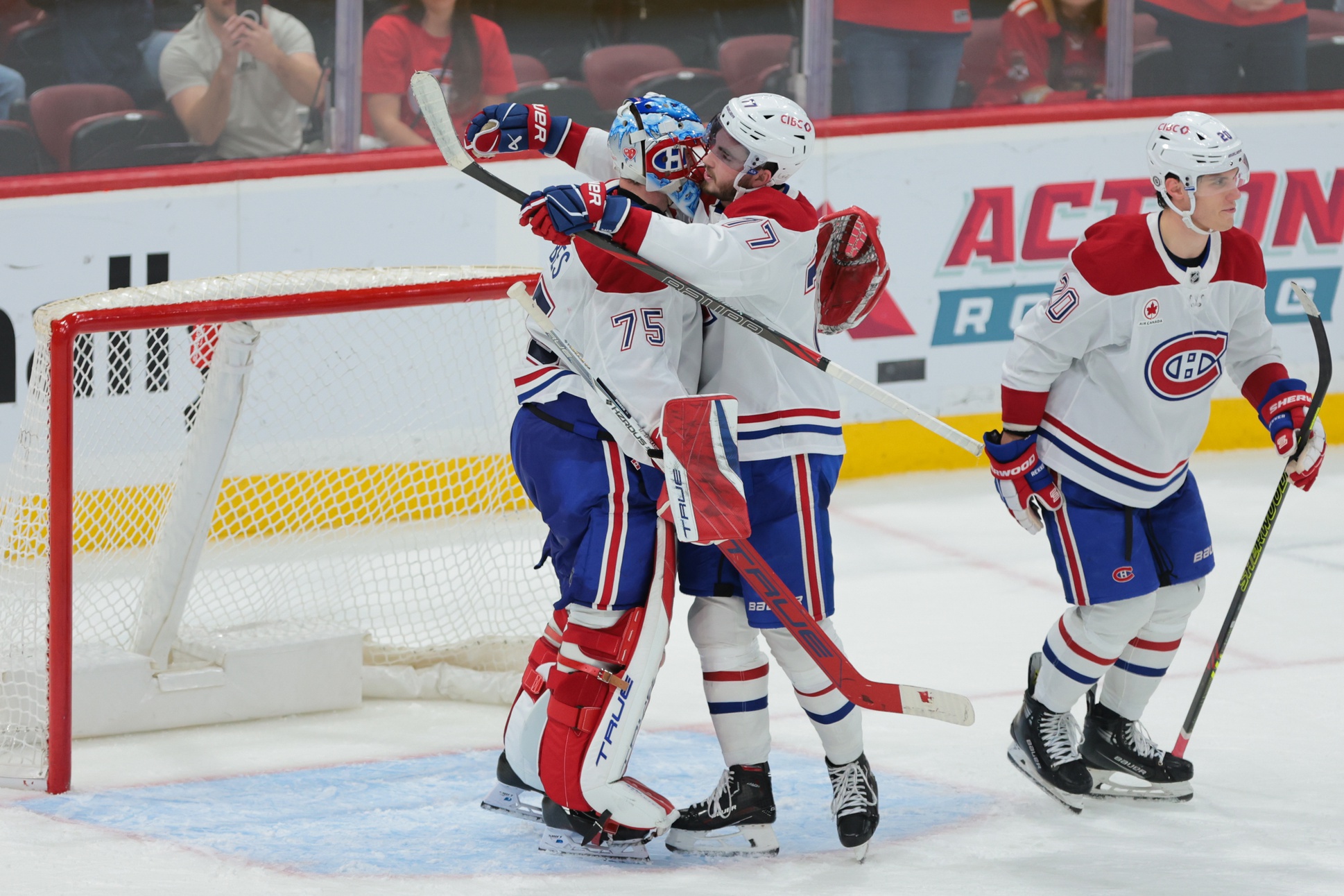
When the NHL introduced its anti-racism and inclusion efforts in September 2020, the league promised to work with the Hockey Diversity Alliance (HDA) on a grassroots program for young hockey players of Color. However, the partnership ended before it started.
As Alex Prewitt of Sports Illustrated reported last year, the partnership was announced without much communication between the HDA and the NHL, and no program details were ever released.
“We had every hope of partnering with the HDA in the early days of their formation, particularly as our NHL Councils and Committees were launched – unfortunately that never transpired,” Davis said via email. The door isn’t closed: “We continue to leave room for partnership and collaboration,” she added. (The HDA and its chairman, Akim Aliu, did not respond to multiple requests for comment.)
Over the past two years, Davis added, the NHL, in collaboration with the players association’s “Growth Fund,” has contributed “over $10 million in financial investments toward combating systemic issues, culture change, and fandom growth and development.”
Collins is just happy to see the NHL focus on inclusion. It means the longtime Columbus Blue Jackets fan isn’t completely ignored.
Still, he says, “My expectations were not very high.”
Where the Money Is
Problems along the way don’t change the goal. Inclusion is where the fans (and their money) are. Davis, referring to the league’s fan data, says women make up 40 percent of the NHL’s fanbase, and BIPOC fans make up 25 percent.
“We can no longer look at the involvement of BIPOC and LGBTQ+ and disabled and marginalized groups as just charitable,” she says. “These are the markets and the fans of the future.” She believes about a quarter of the NHL’s 32 teams understand this because they are in places where “demographics have significantly shifted.” For the teams that haven’t kept up, Davis says they have “long-term seasonal commitments” or are in areas where “the demographic need isn’t obvious.”
In other words, the money is still coming in, and the audience is still there, so there’s no rush to change.
Teams that are content with the status quo will eventually face consequences. “That kind of thinking I saw in investment banking 20 years ago,” Davis says. “When you don’t look around the corner, the corner comes up on you real fast.” She says the answer is not to pressure teams to catch up. The solution is competition, along with data and evidence showing how inclusion will help grow the sport and bring in more benefits.
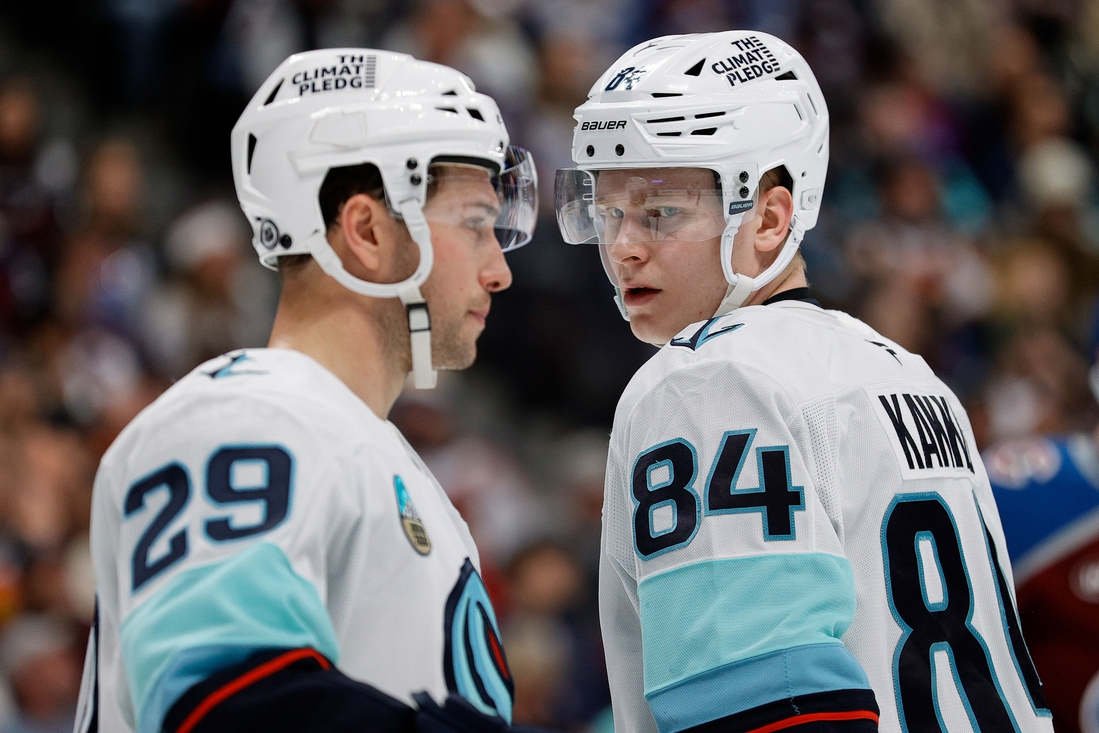
Regarding some NHL teams that are behind on executive DEI training, Davis isn’t concerned. She thinks the participation has been “extraordinary” despite two seasons being affected by COVID-19. The NHL’s first D&I impact report was released in early October. Davis believes that the fear of falling behind will drive full participation from all teams.
The teams were encouraged to hire people with DEI experience, Davis says. By late September, Blake reported that 14 teams had created senior-level DEI positions. This is part of a “bigger movement” Davis says she and Blake are building.
Later, I asked Davis and Blake by email how many team executives care about DEI beyond just seeing it as good for business.
“LOTS,” Davis replied.
She is excited about the NHL’s anti-racism and inclusion program. Teams are like other business owners: they know what’s good for them. For USA Hockey’s Jackson, some days go well, but other days feel like being stuck at a red light.
Enlightening 1.2 million members is a challenge, Jackson says, adding that “there’s no one recipe for change” and that the organization is “figuring things out literally as our communities change and as our world changes.”
Mistakes will happen, she says, but they’re not something to hide from: “We want to make sure that we understand that we’re learning, and we want other people to know that we’re learning, too.”
Proudman likes what he’s seen so far from USA Hockey and the NHL, but he says “there’s enormous work” left to do, and it will never stop. “Until leaders understand their own sort of behavior and their mindset,” he says of all businesses, “they can change the policies all they want and that will fail because at the core of that is still the old mind-set.”
There’s a risk that people will feel isolated, but Proudman says not taking a stand won’t work, and neither will doing something just because it’s required.
Jackson says time can’t push hockey forward, because there’s no guarantee that a lesson will be passed on to the next generation to keep driving change.

